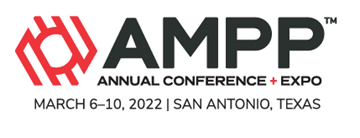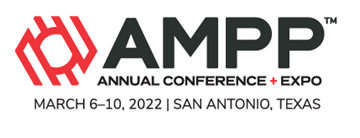Search
Products tagged with 'cmas'
View as
Sort by
Display
per page
Monitoring And Controlling Cathodic Protection Without Using Reference Electrode ― Cathodic Production Effectiveness Margin From Multielectrode Sensor
Product Number:
51322-17872-SG
Publication Date:
2022
$20.00
Quantitative Test Method For Vapor Inhibiting Ability Of Volatile Corrosion Inhibitors
Product Number:
51322-17860-SG
Publication Date:
2022
$20.00


